In Chrome, when the locale is set in 'es' the thousands separator is not there.
If I use 4 digit number, there is not problem
Data Set:
(2500).toLocaleString('en')
"2,500"
(2500).toLocaleString('pt')
"2.500"
(2500).toLocaleString('es')
"2500"
(25000).toLocaleString('es')
"25.000"
Why is this happen?
